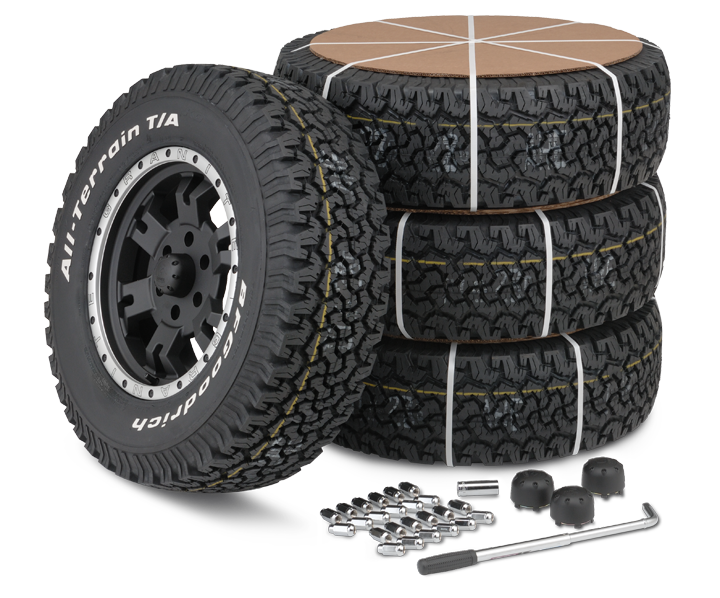Discover Exclusive Mopar Tire Service Specials in Morris Today
Discover Exclusive Mopar Tire Service Specials in Morris Today
Blog Article
Tire Solution: Comprehending Tire Pressure Surveillance Solutions
Understanding Tire Stress Surveillance Equipments (TPMS) is an important element of maintaining optimal vehicle performance and safety when traveling. With advancements in automobile technology, TPMS has actually become a standard feature in contemporary automobiles, offering real-time info on tire pressure degrees. Delving deeper right into the complexities of TPMS, one can uncover the different elements that comprise this system and the relevance of each in making sure precise surveillance. From direct to indirect TPMS systems, the landscape of tire stress tracking is varied, each with its special collection of factors to consider and advantages. Keep tuned to unravel the intricacies of TPMS, from upkeep pointers to the undeniable benefits of keeping your tires properly inflated. mopar tire service specials.

Value of TPMS
The significance of Tire Pressure Surveillance Solutions (TPMS) hinges on their ability to improve vehicle safety and security and efficiency through real-time surveillance of tire pressure levels. Keeping the appropriate tire pressure is important for guaranteeing optimal handling, braking, and general safety and security of a vehicle. TPMS supplies vehicle drivers with immediate feedback on any kind of underinflated or overinflated tires, allowing for timely changes to be made.
Elements of TPMS
Consisting of numerous important elements, a Tire Stress Surveillance System (TPMS) functions as an innovative safety and security function in contemporary automobiles. The major elements of a TPMS consist of sensors, a control component, and a warning indication. Sensors are generally situated in the tire shutoff stem or attached to the wheel assembly, where they measure tire pressure and send information to the control component. The control module processes this information and activates a warning if it identifies dramatically low stress in any one of the tires. The warning indicator, usually a symbol on the dashboard, signals the driver to inspect the afflicted tire or tires. Some progressed TPMS designs likewise show the real tire stress analyses for each tire, providing chauffeurs with real-time info to make sure ideal tire efficiency and safety. By keeping track of tire stress continually, TPMS assists avoid mishaps, reduces tire wear, and enhances fuel effectiveness, making it a crucial element for vehicle safety and performance.
Kinds Of TPMS

On the her comment is here other hand, indirect TPMS counts on the automobile's wheel rate sensing units to keep an eye on tire stress. This system spots underinflation by contrasting the rotational speeds of the wheels. Indirect TPMS is less pricey than direct TPMS, as it uses existing sensors within the lorry.
While straight TPMS provides extra exact analyses, indirect TPMS is easier in layout and commonly calls for less upkeep. Both systems have their constraints and benefits, and the selection in between them usually relies on variables such as cost, lorry make, and personal preference. Understanding the differences in between these 2 kinds of TPMS can help automobile owners make educated decisions relating to tire upkeep and safety.
TPMS Maintenance Tips
Conduct regular checks on the tire stress levels and contrast them with the TPMS analyses to ensure they are constant. Throughout tire rotation or replacement, make sure that the TPMS components are dealt with meticulously to protect against any type of prospective damages. If the TPMS advising light illuminates on the dashboard, deal with the concern without delay by examining the tire stress and the general system for any faults.
Advantages of Appropriate Tire Pressure
Preserving proper tire pressure, as emphasized in TPMS Maintenance Tips, is critical for enjoying the various benefits linked with optimum tire stress levels. In addition, correct tire pressure ensures also tire wear, prolonging the life-span of the tires and advertising more secure driving conditions. In final thought, the advantages of appropriate tire pressure go beyond just tire long life; they encompass improved fuel website link efficiency, boosted safety, far better lorry efficiency, and overall driving comfort.
Final Thought
In conclusion, recognizing tire pressure tracking systems (TPMS) is essential for keeping ideal tire pressure and ensuring lorry security. By acknowledging the relevance of TPMS, recognizing with its elements, knowing the different types offered, sticking Going Here to correct upkeep ideas, and recognizing the benefits of keeping correct tire stress, chauffeurs can boost their driving experience and prolong the life expectancy of their tires. Proper tire pressure is crucial to efficient and secure automobile operation.

Report this page